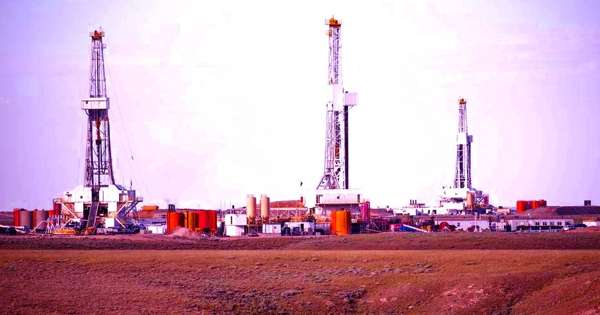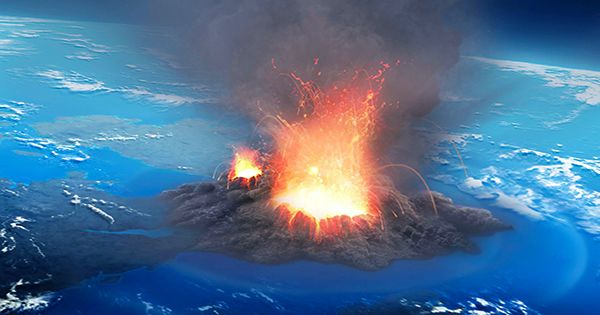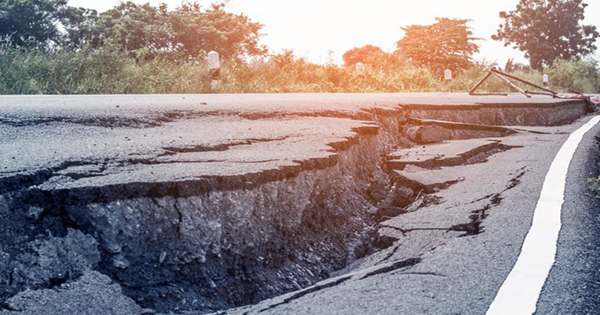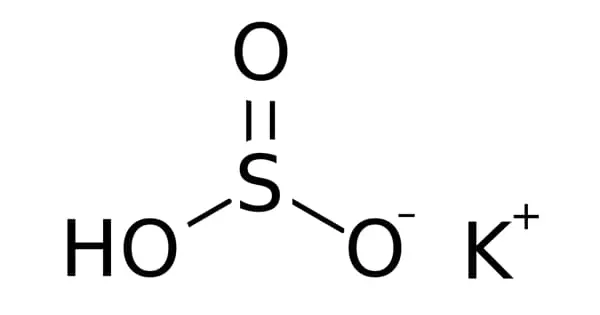When fossil fuels are burned, they emit climate-warming greenhouse gases into the atmosphere. Coal, oil, and gas extraction have a huge impact on the earth’s surface, including strip mines the size of cities and offshore oil spills that pollute country-sized swaths of ocean.
Years of research have revealed how the fracking boom contaminated groundwater in some areas. However, according to a study published in the journal Science, there is also a previously unknown risk to surface water in streams, rivers, and lakes.
Thousands of hydraulic fracturing wells drilled in recent years from Pennsylvania to Texas to North Dakota have made unconventional oil and gas production a part of many Americans’ daily lives. This raises concerns about the consequences for local communities and human health. While some studies show that hydraulic fracturing can contaminate groundwater, new evidence shows that the practice can also have an impact on surface water quality.
Study finds hydraulic fracturing is associated with small increases in salt concentrations in surface waters for several shales and many watersheds across the United States.
According to the study, which was published in the journal Science, hydraulic fracturing is associated with small increases in salt concentrations in surface waters in several shales and many watersheds across the United States. The most significant effects occurred during the early stages of production when wells generated large amounts of flow back and produced water. Even the highest levels, however, were far below what the US Environmental Protection Agency considers harmful.
“Our study provides the first large-sample evidence that hydraulic fracturing is related to the quality of nearby surface waters for several U.S. shales,” says Christian Leuz, a co-author and the Joseph Sondheimer Professor of International Economics, Finance, and Accounting at the University of Chicago’s Booth School of Business. “Although we estimated a very small water impact, one must keep in mind that most measurements were taken in rivers or streams and that the average fracturing well in our dataset was not particularly close to the watershed monitors.”
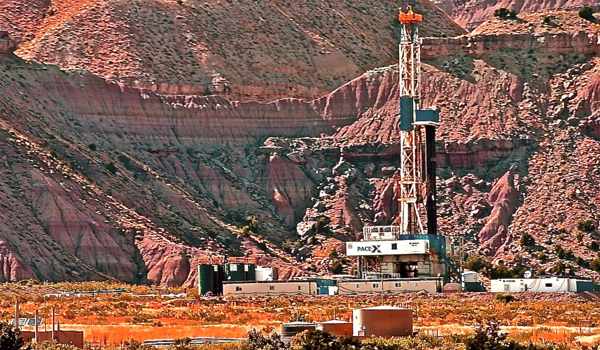
Over an eleven-year period, Leuz and his co-authors, Pietro Bonetti from the University of Navarra and Giovanna Michelon from the University of Bristol, combined surface water measurements with over 46,000 hydraulic fracturing wells to investigate whether new drilling and development activities are associated with elevated salt concentrations (bromide, chloride, barium, and strontium) in 408 watersheds. In watersheds with new hydraulic fracturing wells, they discovered a very small but consistent increase in barium, chloride, and strontium, but not bromide.
Several findings back up the link between elevated salt levels and nearby hydraulic fracturing activities. Along with the timing of when the highest levels occurred, salt concentrations were more pronounced for wells in areas where deep formations had higher salinity levels. They were also highest when observed within a year at monitoring stations within 15 kilometers and (likely) downstream of a well.
“Better and more frequent water measurement is required to fully understand the surface water impact of unconventional oil and gas development,” says Bonetti, who notes that their analysis was hampered by a lack of water quality data.
Chemical substances in hydraulic fracturing fluids are potentially more dangerous than salts. However, because they are not widely included in public databases, a large-sample statistical analysis of these potentially hazardous substances is impossible. Furthermore, many monitoring stations in a watershed are not located near wells or are located upstream from the well, which likely reduces the magnitude of the estimates.
The researchers discovered a very small but consistent increase in three salt compounds—barium, chloride, and strontium—in watersheds with new fracked wells after analyzing 11 years of data, including surface water measurements in 408 watersheds and information about over 40,000 fracking wells. While the concentrations of the three elements were elevated, they remained below the EPA’s harmful levels.
“Policymakers may want to think about more targeted water measurement,” Michelon says. “Policymakers, for example, could place monitoring stations in locations where they can better track surface water impacts, increase the frequency of measurement around the time new wells are drilled, and track the other chemical substances found in fracking fluids more systematically.”
